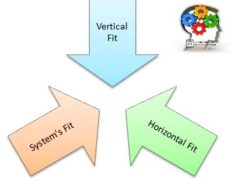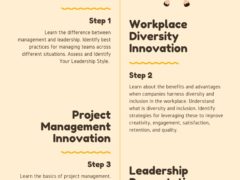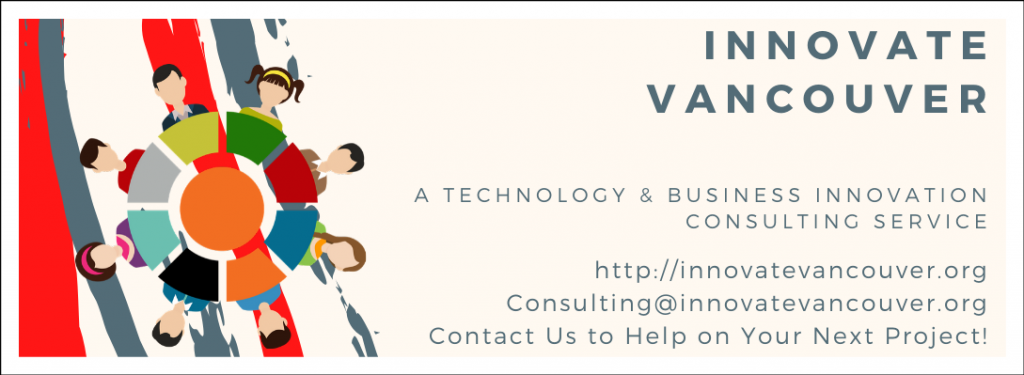The on the job (OTJ) training model builds upon existing employee competencies and shapes them to the current business environment. Although typically quantitative in focus (paperwork, schedules, policies & procedures), qualitative competencies remain just as important (leadership development, stakeholder engagement, coaching, navigating corporate politics, and creativity). Unfortunately, most actively applied models focus on quantitative competencies with very little attention given to qualitative skills. This choice is often not arbitrary.
| Legacy Systems | Political Processes |
| Outdated Technology | How things get done |
| Outdated Processes | Who has influence |
| Outdated Structures | How priorities are established |
| Outdated Systems | How barriers are overcome |
Legacy systems and political processes permeate most business models. These are often resistant to identification, evaluation, and change and are often the first components left out of on the job training. Legacy systems are often invisible with their purpose and intent lost in corporate memory. Whereas political processes remain invisible for different reasons; they often exist in conflict with the espoused corporate vision, values, and mission. Yet understanding how to navigate these political processes will often differentiate who is successful and promoted within the company.
Visibility influences whether employees are able to witness effective role, business, and strategic models to  support performance. Value alignment influences whether training, job descriptions, corporate vision/ mission statements will prove valuable for supporting effective judgment and decision making in ambiguous situations. As a result, invisible political processes that are unaligned with the corporate vision, values, and mission are not only unlikely to be incorporated into on the job training; they are also likely to create barriers to ethical leadership, adaptive growth, and sustainable innovations.
support performance. Value alignment influences whether training, job descriptions, corporate vision/ mission statements will prove valuable for supporting effective judgment and decision making in ambiguous situations. As a result, invisible political processes that are unaligned with the corporate vision, values, and mission are not only unlikely to be incorporated into on the job training; they are also likely to create barriers to ethical leadership, adaptive growth, and sustainable innovations.

Every college graduate is familiar with the lack of alignment between what is taught in school versus what is actually used in the workplace. This sometimes results from the company needing to develop a unique tool or process. Other times it results from poor on the job training.
As the uniqueness of a company’s processes and tools increases so does the opportunity for inefficiency and misalignment. The strategies, processes, and tools used to ‘close the gap’ are no longer a competitive advantage but merely ‘what one needs to do to get work done’ in a specific corporate environment.
An area where these challenges are often observed is in project management. Distributed or virtual teams further exacerbate these challenges, as does working with stakeholders who are neither trained or work in a project environment.
Types of Knowledge (Allen, 2012):
Consider, for example, working on projects in the public health sector. Vertical integration can be limited by each distributed specialization that exists. Examples: Project, Technology, Operations, Medical Ops, Medical  Applied, Nursing Ops, Nursing Applied, Research Academic, Research Applied, etc. Each vertical specialization has unique training and competencies unique to that area. The vulnerabilities inherent to on the job training within each area is compounded as multi-disciplinary efforts are expanded.
Applied, Nursing Ops, Nursing Applied, Research Academic, Research Applied, etc. Each vertical specialization has unique training and competencies unique to that area. The vulnerabilities inherent to on the job training within each area is compounded as multi-disciplinary efforts are expanded.
Challenges such as these are often encountered by enterprise project managers. Operations and project structures, tools, and cultures are often very different. Despite this, project managers are held responsible for project performance across operations, departmental, and functional lines despite completely different reporting relationships, assumptions, and key performance indicators (KPI’s).
Categorical approaches to recruitment (“square peg in a square hole”) further exacerbate these vulnerabilities. The perfect applicant is rarely available and school training is frequently misaligned with the corporate environment. Challenging success further, the corporate’ values, vision, and mission statement is often misaligned with on the job training model(s). And the literal application of available training and evidence-based modern practices are not what is required to be successful.
| Construction (C) | Facilities (F) | Operations (O) | Technology (T) | Services (S) | Healthcare (H) |
| PMBOK Knowledge Areas | C | F | O | T | S | H |
| Project Integration Management | x | x | x | x | x | x |
| Project Scope Management | x | x | x | x | x | x |
| Project Time Management | x | x | x | x | x | x |
| Project Cost Management | x | x | x | x | x | x |
| Project Quality Management | x | x | x | x | x | x |
| Project Human Resource Management | x | x | x | x | x | x |
| Project Communications Management | x | x | x | x | x | x |
| Project Risk Management | x | x | x | x | x | x |
| Project Procurement Management | x | x | x | x | x | x |
| Project Stakeholder Management | x | x | x | x | x | x |
The nine knowledge areas identified above are part of the project management body of knowledge (2016) and are considered universal core competencies used regardless of the project type, industry, or corporate context. This universal model includes both quantitative and qualitative competencies that are often neglected during and following the new employee onboarding process. Each of these is similarly used across the project lifecycle.
| PMBOK Process Groups | Initiation | Planning | Execution | Monitoring & Controlling | Closing |
| Knowledge Area |
The five process groups can also be adapted across the operations stream as new initiatives, challenges, and product/service requirements are delivered.

A new approach to on the job training is needed as long as everyone is held accountable for cross system’s innovation. Corporate leadership shares responsibility for ensuring employees have the coaching, models, tools, and resources needed to be successful. Too many opportunities are lost as a result of poorly designed on the job training programs teaching the wrong skills.
Cross training is not enough. Training needs to take into account the multi-disciplinary functions and inter-disciplinary commitments embedded into the corporate space. Specializations are inevitable as subject depth increases but this should not be at the cost of creativity, cross-system collaboration, and aligned coherent planning. Incoherent legacy processes, tools, and models that limit accountability, and diminish the company’s competitive advantage, is not inevitable.
| Description | |
| Roles | What support will be needed to be successful? |
| Technology | What technology will be needed to be successful? |
| Influence | What processes and tools, etc., will be needed to be successful? |
| Resources | What resources will be needed to be successful? |
| Constraints | What is needed to mitigate and overcome existing constraints? |
| Priorities | What information is needed in order to identify, evaluate, and establish priorities? |
| Administration | What policies, procedures, and job description elements are needed to support sustained successful performance? |
| Key Performance Indicators | What is needed to evaluate performance and support ongoing improvements (and organizational learning)? |
The model depends on continuous evaluation (PDCA) and improvements to ensure the model delivers intended results, is aligned with existing practices and methods and informs future strategy sessions. Refer to the model above, and PDCA framework, for more suggestions.
How is your team supporting the development and implementation of effective, sustainable, and ethical on the job training? Share your comments below.
Travis Barker, MPA GCPM
Innovate Vancouver
Innovate Vancouver is a business development & consulting service and technology startup located in Vancouver, BC. Contact Innovate Vancouver to help with your new project. Innovate Vancouver also gives back to the community through business consulting services. Contact us for more details.




